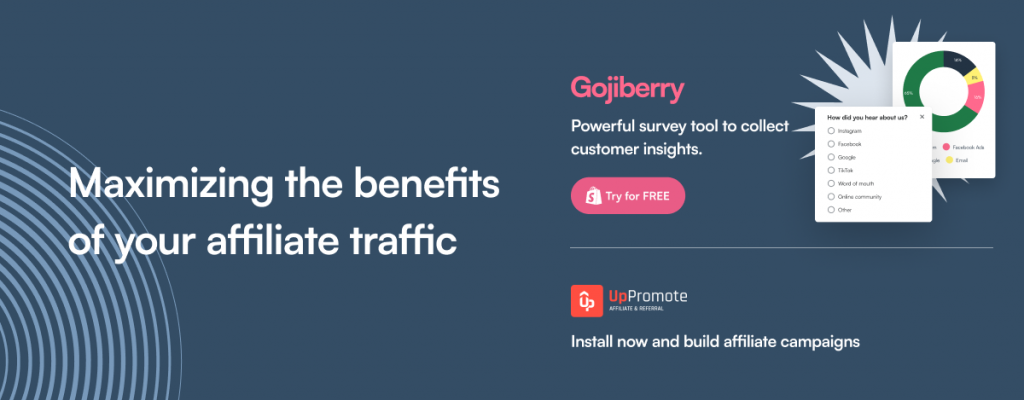9 Tips to Maximize the Benefits of Affiliate Marketing
So, you’ve got an affiliate program set up and running on your Shopify store, and you’re starting to see some traction and an uptick in visitors. It’s time to sit back and watch the money roll in, right? Not quite yet. While increased visitor traffic is a promising sign, many precious link clicks and visits can go to waste if your store has unoptimized shopping experiences, low-quality affiliate traffic, or mismatched affiliate program targeting.
Every visit to your site is a potential sale. Therefore, making the most out of your affiliate traffic is crucial. Our strategy eliminates traffic “waste” by using zero-party data, personalized shopping experiences, email lists, incentives, and coupons. This guide aims to help you improve your overall Shopify business and boost your online presence.
We want to start this guide off with a handy chart:
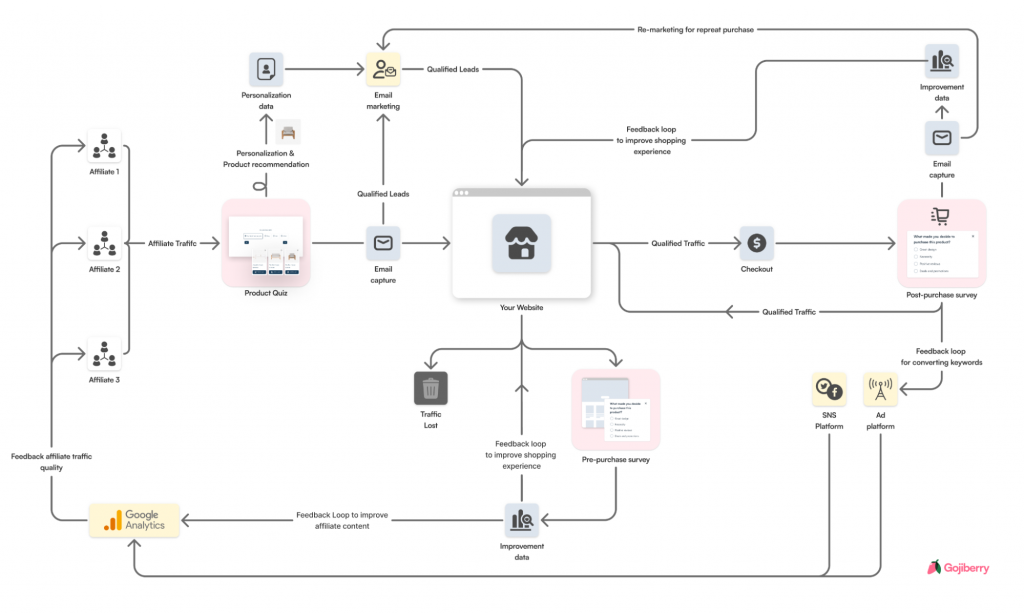
The Affiliate Customer Journey Relationship Graph by Gojiberry illustrates how affiliate traffic converts into sales through product quizzes, surveys, email captures, and targeted marketing.
This graph also shows what your affiliate marketing network, your traffic funnel, and your customer journey might look like. There are many powerful tools you can utilize to decrease bounce rates, provide better customer experiences, and increase sales.
To become a shrewd affiliate marketer and be able to utilize this strategy, you must understand the following:
Your goal is to:
- Guide potential affiliate customers to put products into the shopping cart
- Make sure they hit that “purchase” button and close the sale
- Extract as much information as possible from your traffic source before they leave your store
- Improve organic traffic and conversion rates
This guide to affiliate marketing will explain how to achieve these goals using sales funnels, zero-party data, third-party data, and customer incentives.
Before diving into the strategies, it’s essential to understand some key terms and definitions. If you’re already familiar with these concepts, feel free to skip ahead to the “How to Maximize the Benefit of Affiliate Traffic” section.
Definitions:
What is Affiliate Traffic?
Affiliate traffic refers to the visitors who come to your Shopify store through affiliate links. These links are shared by affiliate marketers who earn a commission for every sale they drive to your store. Effective affiliate marketing programs can bring in high-quality traffic that’s ready to convert, especially when they are part of a well-structured affiliate campaign.
What is Zero-Party Data?
Zero-party data is the information that customers willingly and proactively share with you. This could be through surveys, product quizzes, or other forms of direct feedback. It’s the most accurate form of data because it comes directly from the customer, offering insights into their preferences, needs, and purchasing decisions.
What is Third-Party Data?
Third-party data is collected by entities other than your own, such as data aggregators such as Google Analytics or social media platforms. It provides additional context and helps you understand the broader market trends, which can be used to refine your affiliate marketing strategies.
Shopify apps to maximize affiliate marketing:
Several apps can help you manage and optimize your affiliate traffic. Some popular ones include:
- UpPromote: Helps automate your affiliate program and provides tracking and management tools.
- Gojiberry: Elevate your marketing strategy with Gojiberry’s pre-purchase surveys and product quizzes, alongside post-purchase feedback. These insights help tailor your affiliate campaigns for better targeting and results.
- EasyPoints: A loyalty and rewards program app that incentivizes customer engagement and repeat purchases, boosting your affiliate marketing efforts by increasing customer retention.
How to Maximize the Benefit of Affiliate Traffic:
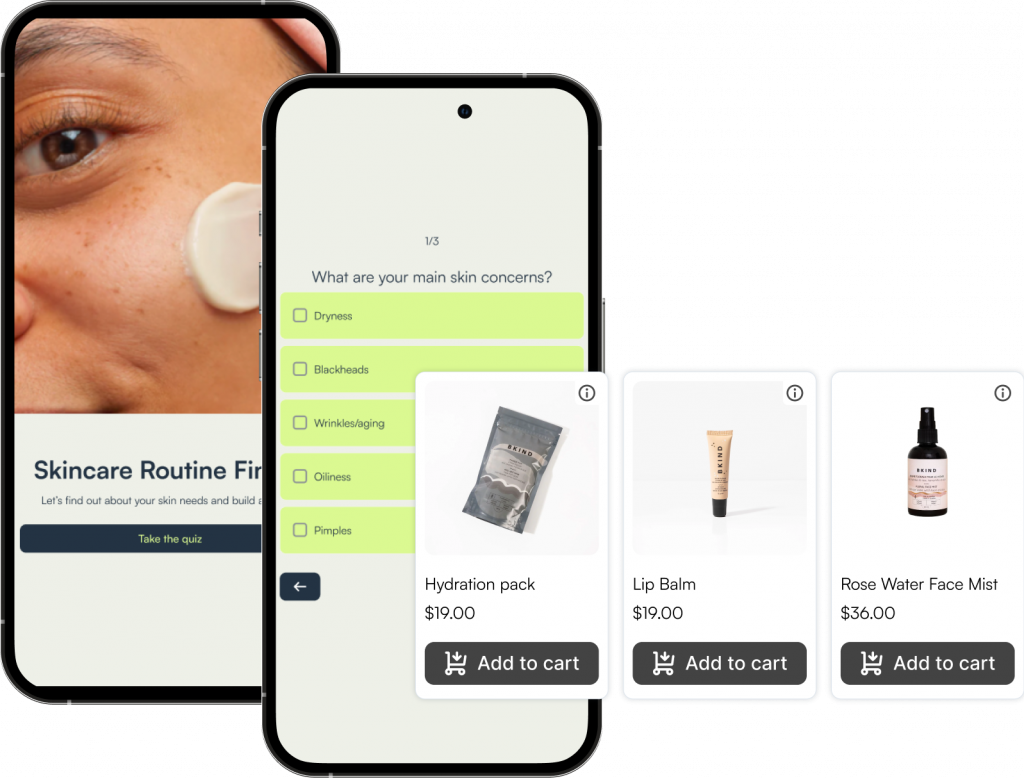
1. Increase Purchase Intent with a Product Quiz
One of the most effective affiliate marketing strategies is to enhance the purchase intent of your traffic. Instead of sending visitors directly to your homepage via an affiliate link, direct them to a product quiz page. This tactic personalizes the shopping experience, guiding potential customers to affiliate products that match their needs and increasing the likelihood of conversion. You can also use this strategy to gain email subscribers and send customized, relevant content based on their quiz answers.
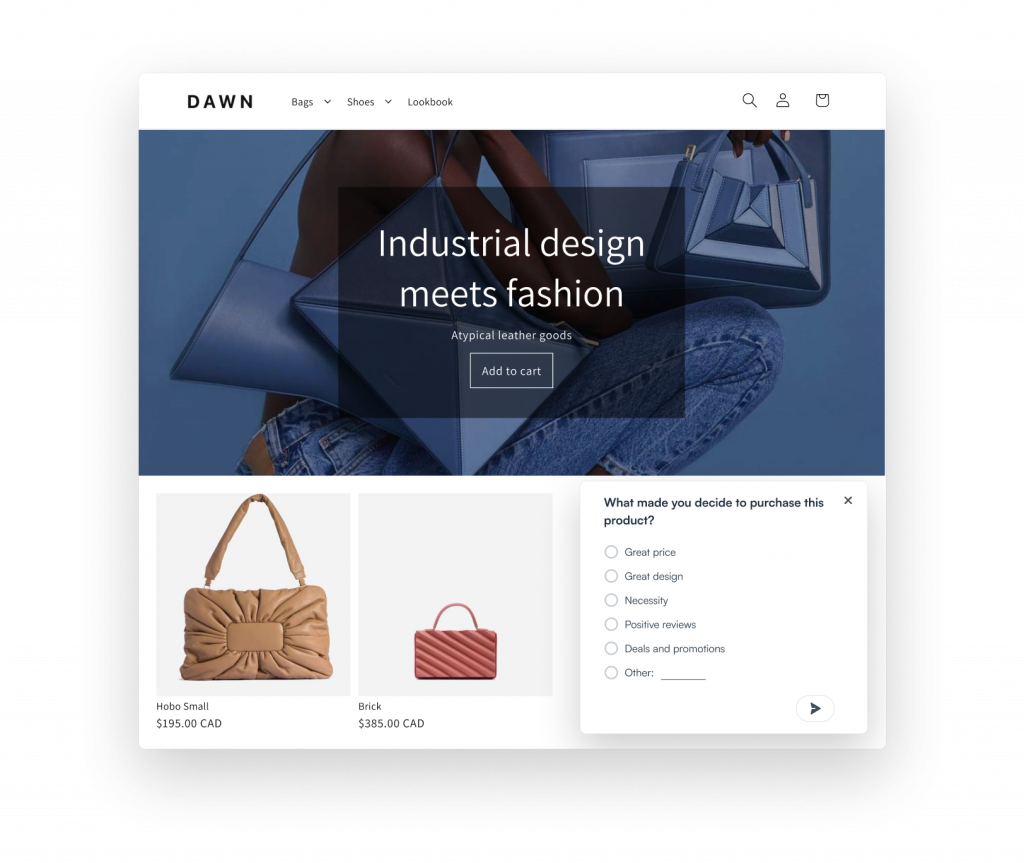
2. Gather Customer Data to Optimize Your Affiliate Marketing
Make it easy for your affiliate partners to engage with their audience. Provide them with powerful tools such as Shopify pre-purchase surveys that not only help capture customer data but also segment the audience based on their interests and needs.
This approach ensures that even if visitors don’t convert immediately, you still gather valuable information that can be used to re-target them later through email campaigns or social media posts.
Pre-purchase surveys are an excellent tool to help you understand your affiliate audience’s demographics and preferences. These data allow you to tailor your affiliate marketing campaign more effectively and optimize your affiliate content.
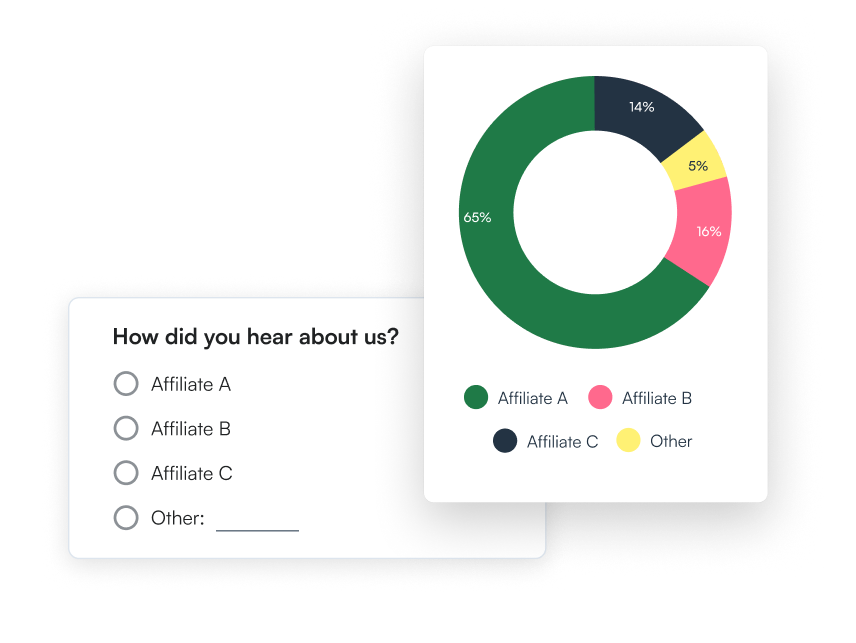
4. Utilize Marketing Attribution to Filter Out Low-Quality Sources
Marketing attribution is crucial for filtering out sources of low-quality traffic. By tracking which affiliates drive the most conversions, you can optimize your affiliate marketing efforts and focus on partnerships that yield the highest returns and affiliate sales, making your affiliate marketing business more efficient.
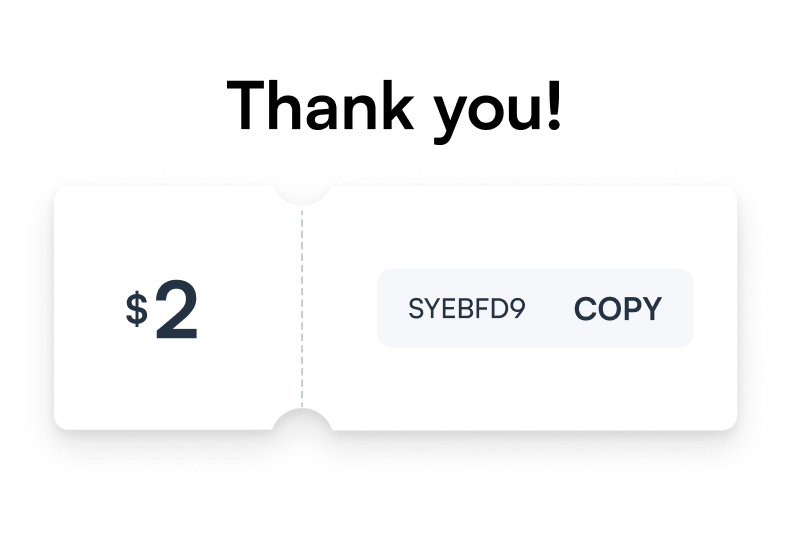
5. Offer Coupons, Points, and Discounts for Answers
People love value – even if they’re saving just a dollar or two. This is why, even in the age of digital marketing, coupons are continuing to grow in popularity. According to statistics, 60% of online shoppers worldwide actively search for coupons before purchasing from a virtual shop. With people relying more on the internet due to worldwide inflation, saving up has only become a central priority.
Offer discount codes, loyalty points, or other rewards in exchange for completing surveys or providing feedback to make your affiliate audiences’ purchase decisions easier. These incentives encourage participation and boost your conversion rate by giving customers an extra reason to return and repurchase.
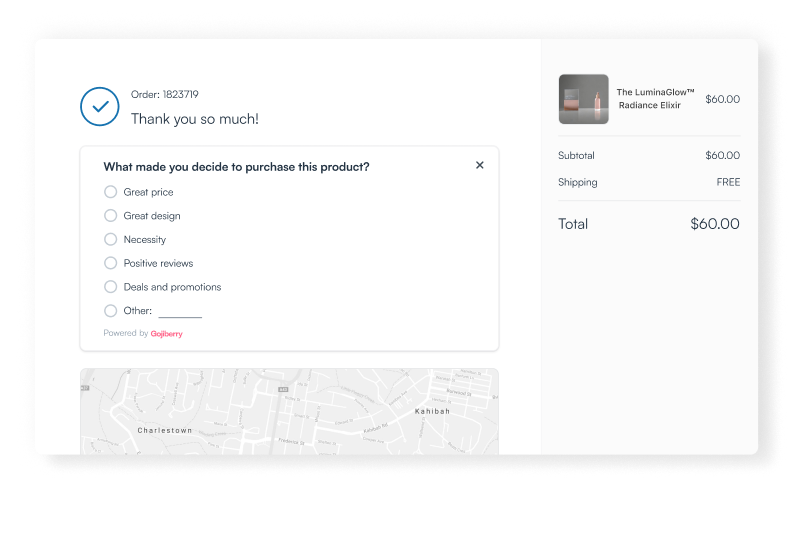
6. Profile Your Affiliate Conversions with Post-Purchase Surveys
After a sale, use post-purchase surveys to compare the demographic data of pre-purchase affiliate traffic with the actual buyers. This information helps you identify which affiliates and marketing strategies are most effective in driving sales and can inform your email marketing strategy to increase affiliate income.
Since your surveyees for post-purchase surveys are your actual buyers, you can also base the type of content you output for marketing on keywords commonly used by your customers. For example, people might use “Garden Fairy Lights” instead of “Garden LED Lights” to describe and search for the same physical product.
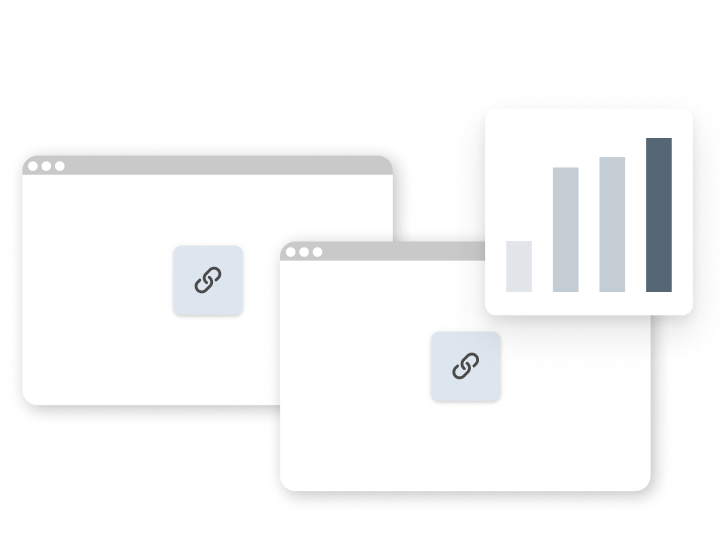
7. Filter for High-Quality Affiliate Traffic with Third-Party Data Analytics
Use Google Analytics as your main data tool to filter high-quality affiliate traffic effectively. Start by setting up UTM parameters on your affiliate links to track traffic sources accurately. This lets you evaluate traffic based on specific campaigns, affiliates, or content.
With UTM tracking, monitor key metrics like bounce rate, session duration, and conversion rates. High-quality traffic typically shows lower bounce rates, longer sessions, and higher conversions. However, to get a complete picture, use Google Analytics’ advanced segmentation and custom reports. You can segment traffic by factors like location, device type, or time of day to identify patterns linked to high-quality sources.
Additionally, Google Analytics allows you to set goals and track conversions, helping you see which affiliates not only drive traffic but also generate sales. By regularly analyzing and refining your traffic sources, you can focus on the most effective affiliates, optimize your marketing budget, and increase your affiliate marketing ROI.
8. Leverage High-Quality Backlinks to Boost Organic Traffic
To maximize the benefits of affiliate marketing, focus on securing high-quality backlinks from reputable affiliate networks. These backlinks not only drive direct traffic but also boost your site’s Search Engine Optimization (SEO). Partnering with affiliates that have high domain authority (DA) increases your own DA, making your site more credible to search engines like Google.
Higher DA improves your chances of ranking well in search engine results, leading to increased organic traffic. Affiliates with strong DA typically have a trusted audience, so their backlinks bring engaged users who are more likely to convert. By building relationships with high-DA affiliates, you’re investing in long-term SEO success, driving sustained organic traffic, and improving your site’s overall online presence.
Incorporate this strategy into your blog posts to further enhance your SEO efforts.

9. Form the Right Partnerships for Long-Term Success
Forming the right partnerships is key to long-term success in affiliate marketing. The beauty of affiliate marketing lies in generating steady, high-quality traffic through strategic relationships. By choosing affiliates who align with your brand and audience, you can consistently attract high-intent visitors likely to convert.
Offering competitive commission rates is essential to motivate affiliates and boost affiliate revenue. Utilizing the right affiliate marketing platforms and tools helps manage these partnerships, track performance, and ensure attractive affiliate commissions.
Understanding the type of affiliate marketing that suits your business—whether content marketing, influencer partnerships, or coupon sites—is crucial. An affiliate marketing guide can help refine your strategy. By building strong partnerships and using the right affiliate marketing tools, you create a reliable stream of traffic and sustained growth in affiliate revenue.
Conclusion:
Maximizing the benefits of your affiliate traffic requires a well-rounded strategy that combines direct customer feedback, data analytics, and strategic partnerships. By implementing these affiliate marketing tips, you can significantly improve your conversion rate, boost your affiliate income, and achieve long-term success with your Shopify store.
Remember, the key to successful affiliate marketing is continuous optimization. Keep analyzing your data, refining your strategies, and nurturing your affiliate relationships to stay ahead in 2024 and beyond. This will ensure that you make the most money with affiliate marketing, turning your efforts into a sustainable source of passive income.
